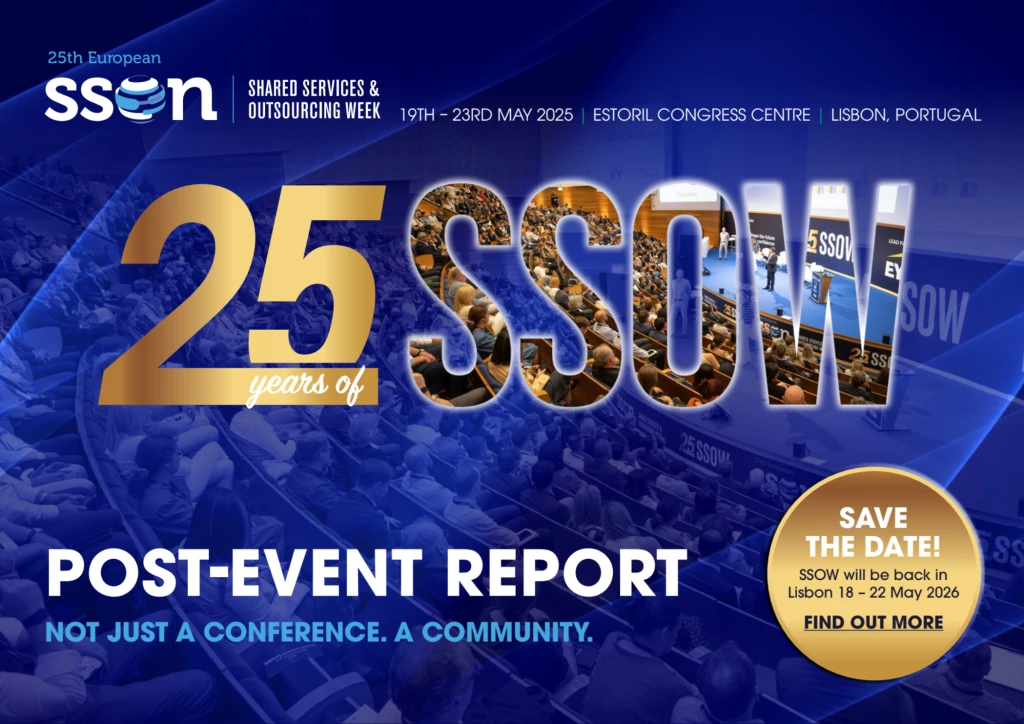Location Selection: Amazon’s Costly Mistake
Why location selection should be based on a "data-plus" approach
Add bookmark
So, Amazon is in the headlines again, and this time it's not because the company is promising to bring tens of thousands of jobs to one of 20 cities in the US, nor because of the oddball activities of its founder. Instead, it’s because of the sudden and unexpected evaporation of what, after all, promised to be a huge opportunity for New York (really, Long Island City, Queens).
Once again, the Big Apple proved itself unpredictable, unnegotiable and unrepentant. (Although there is, now, real financial pain in recognizing what it actually means to lose billions of dollars of tax revenue and the failed launch of a vibrant technology hub that would change the value proposition of the city). While for now the “big smile” (Amazon’s logo is a smile from A to Z) has cooled its jets on finding a replacement HQ2, there's an opportunity here to reassess “location selection”.
What's being called a ‘bad breakup’ can probably be sourced, as in any failed relationship, back to ‘mismatched expectations.’ What was Amazon looking for? A lot of great talent, competitively priced resources, reasonable and scalable real estate, and the opportunity to impact its surroundings and human elements.
And what did it find in Long Island City? All of the above, except for an unexpected – or better said, underestimated – factor: the human elements.
Local politics threw a spanner in the works, having had its nose put out of joint by being ‘overlooked’ in the negotiations. This brings home the influence of grassroots politics, and the cost of failed communications. Could Amazon have avoided this maelstrom by engaging the right stakeholders earlier? Could it have communicated, via targeted campaign, the impact of its new center? Could it have countered the concerns of local politicians and residents? Yes, of course, is the answer to all of the above.
For now, it looks like HQ2 is either on hold, cancelled, or happening quietly behind the scenes. The latter approach might provide the kind of space that's needed to have a rational (no brinkmanship) and intelligent discussion with all counterparts out of the public spotlight.
Meanwhile, some voices across the US are starting to ask why Amazon homed in on oh-so-trendy-New York instead of leading by example and choosing a city where its positive impact could be greatest, like Detroit. (It's also not gone unnoticed that while Amazon conducted a high profile search, Apple quietly and without much fanfare announced a significant expansion of its operations in Austin, and plans additional expansions across the US including Pittsburgh and Boulder.)
Many multinational organizations setting up Shared Services Centers, or BPO providers establishing new offices, will relate to the challenges of selecting the ‘right’ location. Plenty of emerging or growing economies have recognized business services as an ‘industry’ worth courting. What would India be without its booming BPO economy (848 centers)? Or the Philippines without its nearly 800 BPOs & SSOs? Poland has more than 500 centers, and Hungary and the Czech Republic both have 100 and are keen to expand this sector1.
The impact of multinationals setting up captive operations that create hundreds of jobs (BPO centers have an even bigger impact) is enormous and explains why so many of these countries are offering, at the very least, training, relocation support, and tax breaks. At the other extreme, entire ‘cities’ have emerged around Dubai, Kuala Lumpur and Manilla based on state-of-the art infrastructure, connectivity and office space. Build it and they will come, seems to be the trend!
Overheating is always an issue, however. Whether it's too many organizations pursuing the same, increasingly competitive talent pool; wage escalation; or rising cost of office space – tier 1 cities have increasingly given way to tier 2 cities, and even tier 3 cities, where appropriate. Most of these countries leverage what New York, perhaps, did not prioritize: development agencies that provide support, build relationships, and facilitate the integration of new businesses in the local ecosystem.
NEED LOCATION DATA? Use SSON Analytics’ CITY CUBE to compare relevant labor cost, talent pool, resource availability and more across your preferred cities.
So, if you're looking for a new location or to expand your footprints, how do you avoid a fiasco like Amazon's? I asked SSON Analytics’ Chief Analyst, Murphy Choy, what organizations should focus on.
"What we saw in New York was politics getting in the way of business,” says Murphy. "The underlying economic factors worked, Amazon has certainly done its research, but it's important to have a proper location assessment independent of city councils. And then, of course, nothing is done until you’ve signed the contract so a backup plan is paramount."
More specifically, what this points to is the fact that money and jobs alone aren't enough to convince a city. New Yorkers may be more vocal than most, but the emotional response of the population is significant no matter where you are.
In the case of New York, the fiasco has certainly damaged the city's attractiveness to investment, believes Murphy. Nevertheless, when comparing across various cities in the US, New York still ranks well in terms of technology talent and the labor market overall – “and that is what most businesses are looking for,” he adds.


Source: SSON Analytics
See also: SSON Analytics City Cube, which compares 3800+ locations across 17 variables, specifically for Shared Services. It includes Talent Availability; Average Salaries; Job Market Competitiveness; Cost of Living; Overhead Operations; Currency Volatility; Tax Rates; Economics Freedom and Corruption Index; Ease of Doing Business; Flight Connectivity; and more.
See also: SSON Analytics Tax Incentives & Benefits Evaluator™ which helps organizations gain insights essential to understanding country-specific incentives available for Foreign Direct Investment, and comparing multiple country benefits and incentives within a single region. The tool offers tailored results based on company HQ or chosen domiciled legal entity to download as a summary report.
Notes:
1. Source for SSO and BPO centers: SSON Analytics
2. Developer: Defined as the programmer specializing in software development. Includes web developers and UI engineers. Excludes WordPress and other website programmers.
Data Scientist: Defined as specializing in either data engineering work or data modeling work. Includes data analysts with high level of modeling work. Excludes quantitative analysts and financial engineering-based data scientists.
Technologist: Defined as technological roadmap development roles. Includes technology architects. Excludes pre-sales and technologists.
Researcher: Defined as scientific researchers in both academic and commercial domain. Excludes desk researchers.


































